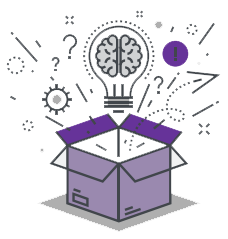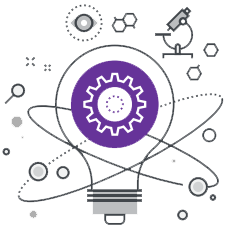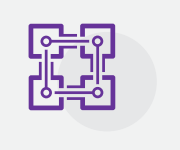
Leverage Design Thinking approach to solve complex fintech problems

Bring diverse stakeholders (business, operations, technology) to envision holistic solutions
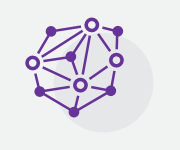
Connect the dots to unlock fresh perspectives within-the-box and out-of-the-box using design tools and design thinking process
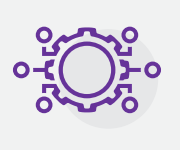
Utilise specially designed ‘spaces’ within the center to see the bigger picture of the solution
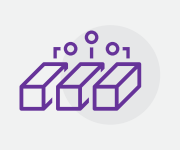
Unearth the ‘blind-spots’ to design smoother implementations and sustainable frameworks

